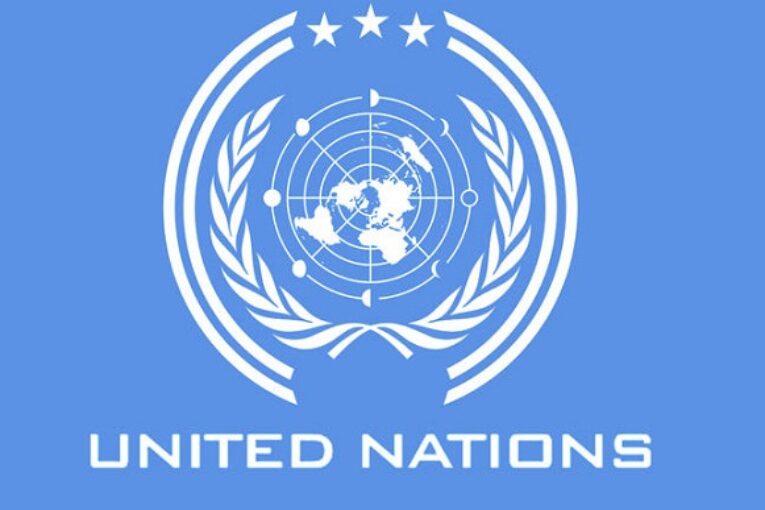
The United Nations agency regulating the global aviation industry-the International Civil Aviation Organisation-has issued new recommendations for countries on COVID-19-related requirements for air travel.
ICAO, in a new bulletin from its Collaborative Arrangement for the Prevention and Management of Public Health Events in Civil Aviation, said the guidance was designed to help countries maintain air connectivity.
Reacting to the new guidelines, the ICAO’s Secretary General, Juan Carlos Salazar, said, “This new ICAO bulletin clearly emphasises that as more states lift their COVID-19 related cross-border restrictions for air travellers, it is important for increased air travel connectivity and improved facilitation everywhere that pandemic-related restrictions should only be introduced and maintained based on evidence-based risk management, and following World Health Organization and ICAO recommendations and guidance. This approach contributes to enhanced travel, tourism, trade and economies.”
Also, ICAO Council President, Salvatore Sciacchitano, stressed that “a need for regular, thorough risk assessments, based on evidence and comparable indicators is noted in this bulletin, in addition to assessing applicable public health resources in both the departure and destination states, assuring good communication among the diverse stakeholders involved, and balancing the public health risk with the need for continuation of services,”
“All of these priorities were highlighted by the ICAO Council’s CART recommendation which helped aviation recover from the pandemic, and the principles remain just as relevant today as we face these new variants.”
“Our work through the CAPSCA collaboration is important and closely supported by the WHO, and these recommendations have taken into account the many factors national governments now need to consider in terms of air travel health measures,” Salazar added.
The diverse factors noted in the recommendations include among others the current wide geographical variation of circulating SARS-CoV-2 variants and vaccination levels, other respiratory pathogens posing risks, evolving COVID-19 cases and fatality numbers country by country, and the capacities of public health systems to manage new COVID outbreaks in addition to their regular workload.




